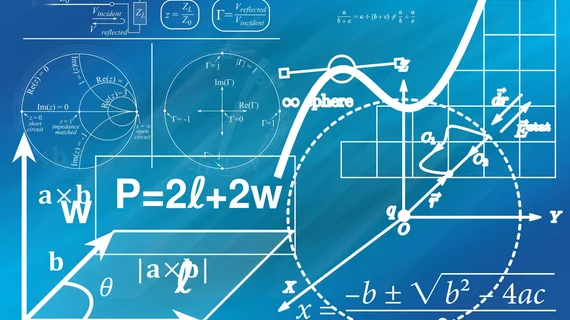New free tool may make radiomics calculations broadly accessible
Researchers in Europe have developed an open-source, ready-to-use radiomics calculator based on a burgeoning international standard for radiologists looking to quantify tumor characteristics on CT at the level of molecular biomarkers.
Elisabeth Pfaehler of the University of Groningen in the Netherlands and colleagues had their work published Feb. 20 in PLOS One.
The authors developed their tool to comply with the imaging biomarker standardization initiative (IBSI), an independent effort aimed at applying uniform definitions to imaging feature values calculated by disparate organizations around the world.
They designed their calculator, which they’re calling RaCaT, to do the math on any number of radiomic features as long as the medical images containing them are in compliance with IBSI.
The team is offering the tool as a standalone executable that loads and preprocesses images, calculates radiomic feature values and stores these values in a user-defined output file. It can be customized and called up from any programming language, the authors explained.
“To make radiomic studies comparable across studies and institutions, it is essential that the different radiomic software packages calculate the same feature values for every defined feature. Therefore, the standardization of feature definitions and calculations is essential,” Pfaehler et al. wrote, adding that IBSI provides benchmark feature definitions and feature values extracted from phantom scans.
“As RaCaT follows these definitions and calculates feature values in compliance with these standards, it could be used to standardize other software packages,” they concluded.
To read the paper and access the calculator, click here.

